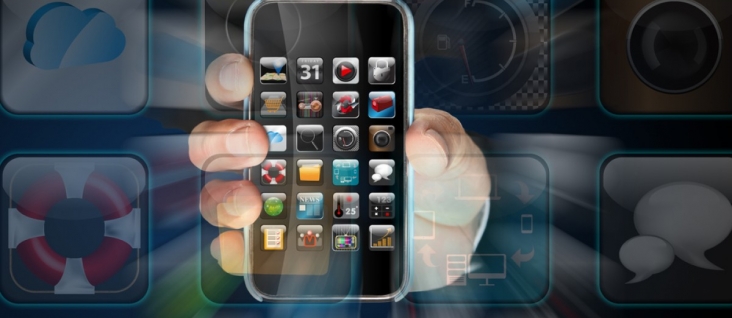
CPG marketers understand that the mobile channel is increasingly critical to their success. That’s why, according to Ad Age, “CPG is adopting mobile faster than the other leading categories. Consumer goods ranked in No. 6 among industry verticals last year, according to Millennial Media, with spending up 235%.”
Location:
The mobile phone is becoming an indispensible shopping tool, used to store shopping lists, rewards points, coupons and more. The savviest CPGs recognize this and provide the content shoppers need to accomplish their shopping missions. As a perfect example, a search for “Clorox Stain Remover” on a mobile device deposits consumers on a landing page that pictures the product along with two clear calls to action: “Find It in a Store Near You!” or “Shop Now.”
Location, as evidenced by Clorox, is an ideal use of mobile. Per Ad Age, 40% of CPG marketers are leveraging some kind of location data in their mobile campaigns. P&G’s Crest, for example, ran mobile ads last year that featured a store locator so interested consumers could pick up the products at a nearby retailer.
Product Data:
CPG marketers would be wise to make product information easily accessible via mobile devices. A full 29% of men and 41% of women used their mobile handsets in store to research CPG product details, per Millennial Media and comScore. Many brands are capitalizing on this trend by adding easily scanned QR codes to their packaging or in-store displays. Last season, Home Depot added QR codes to the pots of the plants it sold so provide consumers with more information about the care and feeding of the greenery they selected. Herbal Essences Shampoos added a Microsoft Tag to their in-store display to help shoppers discover which product is right for their hair. Scanning the Tag takes users to the Herbal Essences mobile site, where they are supplied with product information aimed at helping them make the right purchase decision.
Coupons and Rewards:
Coupons have always created a strong incentive to purchase. Mobile coupons have an advantage over their paper predecessors as they reduce cart abandons – there’s little chance the coupon has been “left at home.” And considering that 47% of male shoppers and 40% of female shoppers used there phones in-store to find a coupon or deal, CPGs and their retail partners would be wise to know when shoppers are in-store and make mobile coupons easily available.
With respect to points, Kellogg’s successful Family Rewards program makes tracking and redeeming points easier by allowing consumers to scan proof-of-purchase codes with their mobile devices. The program allows families to accrue points for purchases that can be redeemed for various gifts, including golf clubs and apparel.
Similarly, Kraft’s Philadelphia brand saw a 15% redemption rate when it piloted an app-based cash-back program to 15,000 UK customers in 2012. “Offering an earned reward to shoppers – in this case cash back triggered by their verified purchase – allows CPG brands to subtly alter the loyalty relationship by demonstrating loyalty and commitment to their customers,” said Graham Halling, commercial director of Shopitize, London, Kraft’s partner for the program. “Rather than having to seek-out a generally advertised discount promotion and investing the effort of complying with the appropriate mechanics … the consumer is able to discover and select the offer through the convenience of their smartphone and earn their tangible reward within their normal shopping experience,” he said.
Contests and Games:
Games and contests can increase engagement and even drive purchases. Huggies used augmented reality for the first time to keep toddlers and their parents motivated through the frustration of potty training. Scanning codes inside packs of Pull-Ups enables parents to download mobile games featuring augmented reality and Disney characters. Training tots can earn “stars” that unlock new games. “With moms spending more than six hours per day on her smartphone, putting all of mom’s favorite potty training tools together into one place – the Pull-Ups Big Kid App – fits perfectly with her routine,” reported a Pull-Ups brand director. And since 74% of moms allow toddlers to play with their mobiles, execution of the app makes smart sense.
As smartphone adoption continues to escalate, CPG brands and their retail partners are blazing the trail for other categories. By creating mobile-optimized content, convenient and helpful tools, and easily redeemed promotions, CPG marketers are proving that mobile can drive engagement and sales.
To learn more about MediaMath’s solution, click here.
